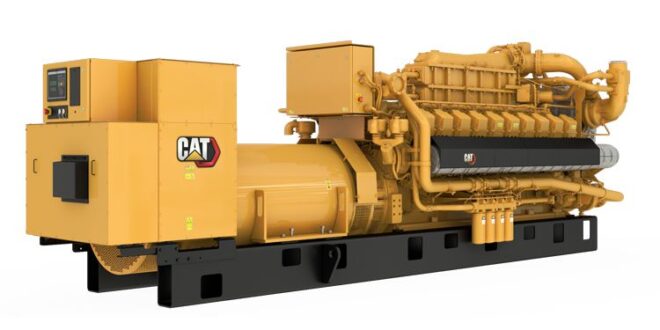While combined heat and power (CHP) is one of the oldest energy systems dating back to 1881, it’s also one of the most efficient, simultaneously providing electricity and heat energy with less wasted electricity and fewer greenhouse gasses.
Generating a sustainable source of energy has now become mission critical, due to changes in transportation, the increasing challenges presented by an ageing infrastructure, and environmental damage which is also creating more frequent adverse weather events leading to increasing power outages.
While early adopters of combined heat and power (CHP) were predominantly large power users such as oil refineries and chemical manufacturers, the marketplace for CHP solutions is rapidly growing into other sectors including hospitals, hospitality, and wastewater treatment – all looking for the power resiliency, increased efficiencies, carbon reduction and the financial benefits CHP can provide.
Among those is the global commercial greenhouse market, a sector that grows vegetables, flowers, trees, ornamentals and shrubs, and is expanding rapidly in response to climate change and a rapid increase in global food demand as population continues to increase and more crops are being forced indoors to secure greater crop yields.
Greenhouses are a perfect fit for a CHP system due to them being so energy intensive, the nature of their locations, and their need for a constant source of reliable heat or cooling and light in order for their plants to thrive.
Today they are sophisticated operations, making increasing use of modern technologies that make better use of light and air. Not surprisingly, cogeneration solutions are increasingly popular in greenhouses, and a CHP facility can supplement or produce all the electric power they require.
An added benefit to this market which a CHP system can provide, is that the carbon dioxide gas produced by the engine exhaust can be harvested off and used to stimulate plant growth. It really is good, essentially using three forms of energy when carbon is also harvested.
An example of this on a global stage is JMP Flowers, one of Europe’s largest producers of orchids with eighteen acres of greenhouse, who installed a Caterpillar generator to meet their energy needs which provides 4.5 megawatts of electric power and 5.25 megawatts of thermal energy.
The carbon dioxide is circulated throughout their greenhouse which through the process of photosynthesis plants turn into oxygen and is then released into the atmosphere generating a positive impact on environment. The CO2 also stimulates plant growth, creating a true win-win in using a CHP solution within commercial greenhouses.
While electric utilities struggle to cost-effectively meet the energy needs of this sector, in the case of CHP the savings are dramatic and can pay back within a remarkably brief period of time. In the case of JMP flowers, for an investment of £4.2m in a Caterpillar generator, the payback of the facility was around three years. A very cost-effective investment, which can also provide backup power in the case of an outage from their utility provider.
With the right design of CHP unit, greenhouses are becoming increasingly commercially viable as CHP promotes plant growth and helps them to operate more profitably. Finning has a global reputation for developing CHP solutions that are durable, economic, and dependable, and typically provides Cat gas-fuelled generator sets for this application because of their excellent environmental characteristics and their efficient production of heat and electricity.
Other growing markets for CHP include district heating systems which are used in universities or cities. CHP provides a continuous supply and efficiencies of up to 90%, reduced energy costs and emissions helping them to meet their sustainability goals, while also providing them with the ability to operate all or part of a facility in the case of a grid failure depending on the size and application of the system.
As the UK government continue their path to net zero and its plans for further renewable energies, CHP can future-proof itself by looking at alternate fuels in the future, such as hydrogen. It is predicted that within the next decade we will see a complete switch over to hydrogen technologies as we transition away from natural gas.
An existing Cat CHP system can be retrofitted to operate on either 100% hydrogen or partial blends of hydrogen to produce electric power. Knowing you can decide to use CHP today and still meet the demands of the future is a game-changer. It is this sustainability that means using CHP makes a lot of sense, because it is a sustainable solution for today and tomorrow.
 Engineer News Network The ultimate online news and information resource for today’s engineer
Engineer News Network The ultimate online news and information resource for today’s engineer




